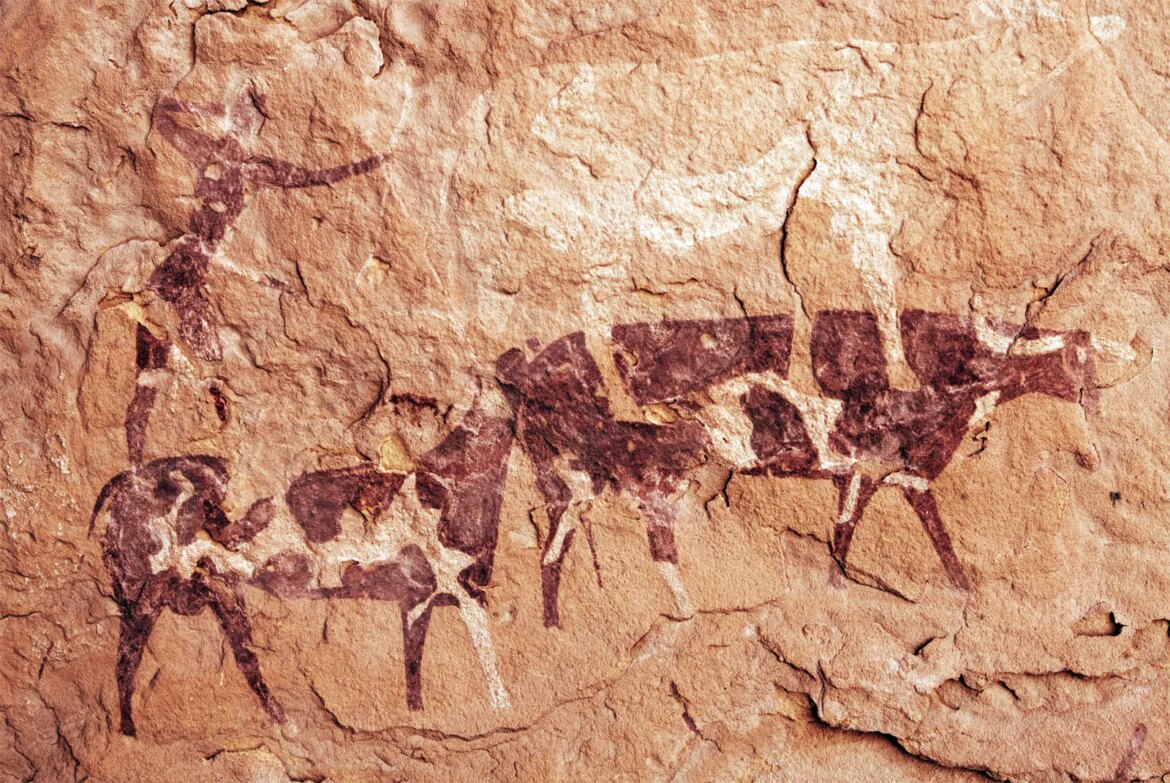Domestication is the process of bringing plants or animals under human control for cultivation or other purposes. It typically involves selecting desired characteristics in the organisms to be domesticated, and breeding them over many generations to form a new population better suited to human needs. The first step in domestication is often taming, which involves reducing the fearfulness or aggression of an animal towards humans. Once an animal is tame, it can be bred in captivity and its offspring will also be tame. From there, further steps may involve selecting individuals with desirable traits for breeding, and eventually developing a distinct domestic strain through repeated cycles of selection and breeding.
The most common domesticates are crops like wheat and rice, and animals like chickens, pigs, cattle, and goats. But almost any plant or animal can be domesticated given enough time and effort. For example, even wildflowers can be bred to produce blooms in a greater range of colors than their natural palette. And while most people think of dogs as being naturally friendly toward humans, they were actually domesticated from wolves – one of the most feared predators in the world.
The history of domestication is long and complex, going back thousands of years to some of the earliest civilizations on Earth. It’s thought that early humans began domesticating plants because they were easier to cultivate than hunting and gathering wild food sources. As time went on, different cultures around the globe independently developed their own methods for domesticating plants and animals to suit their local climate and needs. In some cases – such as with camels in Arabia or llamas in South America – humans simply learned how to use these creatures effectively without necessarily changing their genetics through breeding programs.
Today, domestication continues to play an important role in human society. Farmers still rely on crops like wheat and rice to feed billions of people around the world; while ranchers raise livestock for meat, dairy products, leather goods, etc. Even pet owners take part in domestication by selectively breeding dogs (and other animals) with desired physical traits or temperaments


